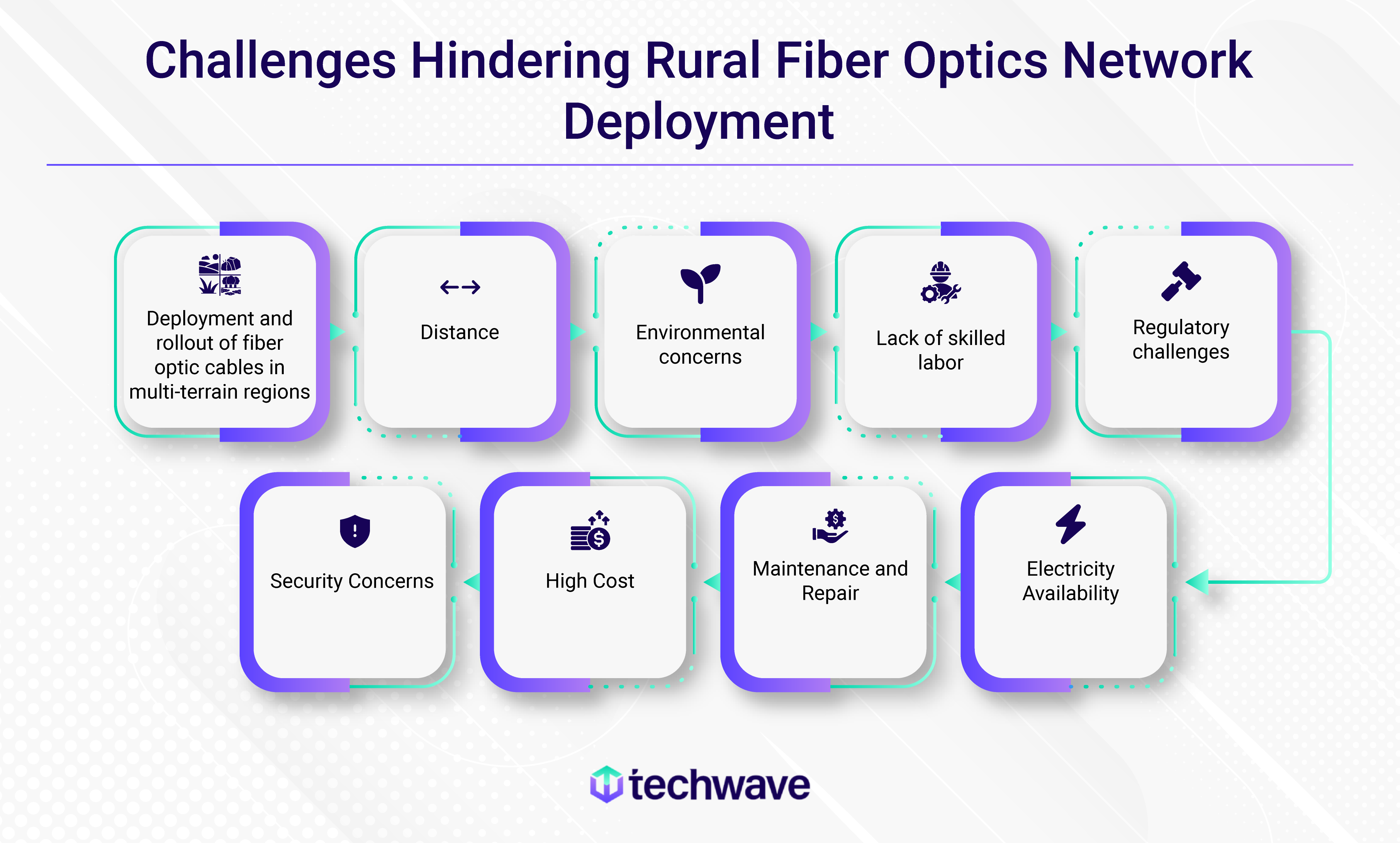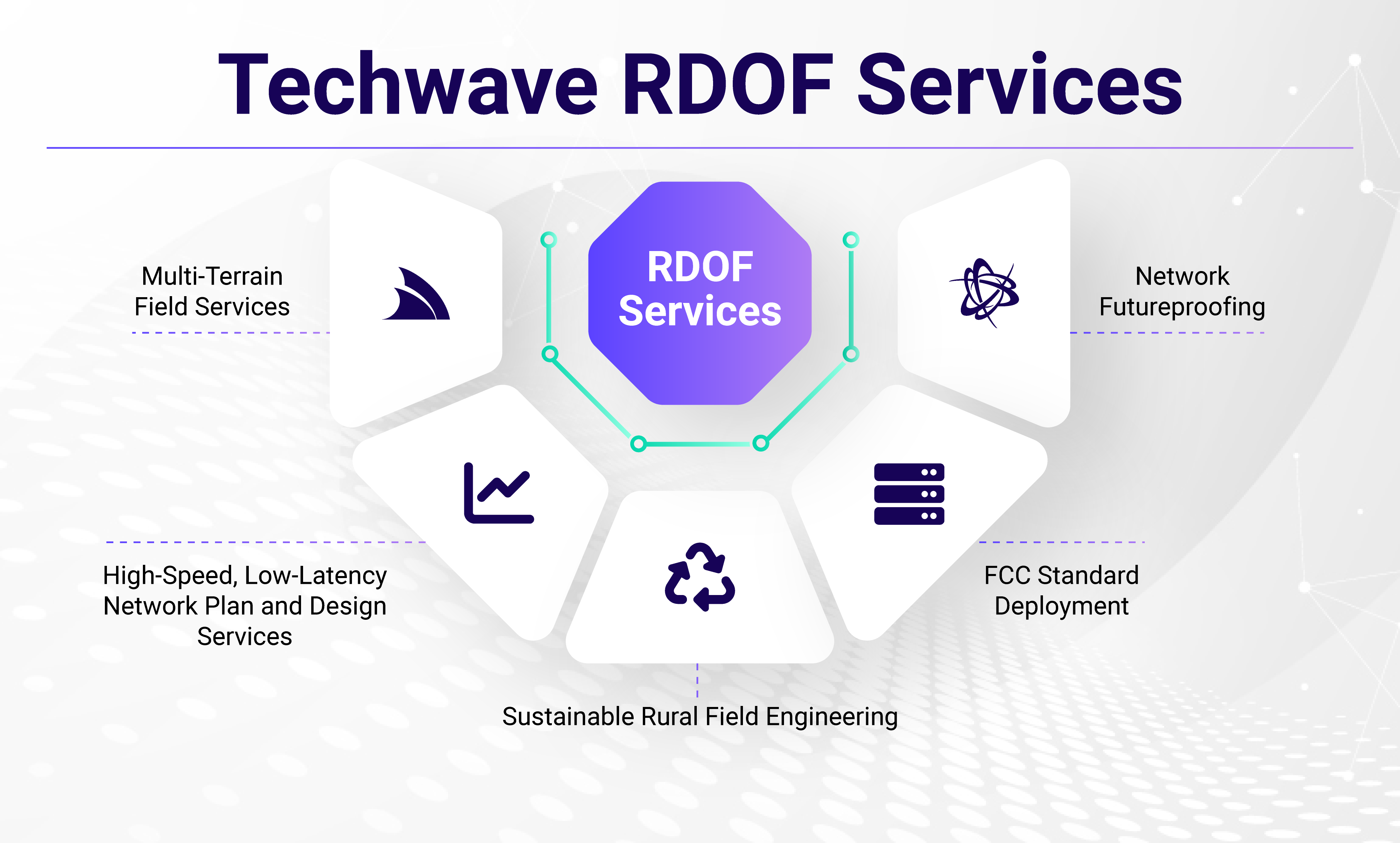Introduction
The inclusion of broadband in the federal infrastructure investment bill underscores the recognition that broadband is becoming essential for everyday life, akin to electricity, sewer, and water services. Yet, only about half of Americans have access to fiber-based broadband, leaving many without the social, economic, and educational opportunities that come with high-speed internet access.
According to the latest report, the size of the Fiber Optic Cable Market in 2023 is USD 11,633.07 million, and it is anticipated to reach USD 18,096.84 million by 2028. Wireline engineering plays a vital role in connecting more people to the internet at faster speeds, surpassing the bandwidth capabilities of any other technology.
Its use extends beyond industries. As we continue to tap into and fully utilize the power of 5G, we can expect significant enhancements in our quality of life in the years ahead. Gartner has projected that by the end of 2024, 60% of service providers will have made 5G services available commercially, encompassing all major cities at that time.
Nonetheless, the high cost and intricate nature of deploying fiber networks have hindered widespread implementation. And the challenges multiply in rural wireline engineering projects. Only a quarter of households in the United States currently have access to Fiber to the Home (FTTH) services, leaving rural areas underserved or without service.
Rural Fiber Optics Network Deployment Challenges
Fiber networks positively impact living standards, particularly in rural areas.
- Improved connectivity eliminates the need for people and businesses to migrate to larger cities for living and working opportunities. This, in turn, boosts local economies as newcomers settle in the area or tourists visit, bringing economic activity.
- It also plays a crucial role where cell phone coverage can be unreliable due to the high costs of installing towers and masts in sparsely populated countryside regions.
The installation process plays a significant role in maintaining cable quality and ensuring optimal light signal throughput. Several factors influence the deployment of fiber optic cables, such as the availability of suitable rural infrastructures, geographical considerations, favorable regulations, investment capacity of operators, market demands, and more.
Let’s explore some obstacles hindering rural fiber optics network deployment across regions.

● Deployment and rollout of fiber optic cables in multi-terrain regions
Rural areas pose unique challenges for fiber optic network deployments due to their diverse and often complex terrains, such as mountains, forests, deserts, and valleys, with limited infrastructure. Each terrain requires careful consideration before selecting a deployment method.
For instance,
- Aerial deployment is suitable for rocky terrains where poles can be easily installed.
- Sandy soils, on the other hand, allow for trench-based deployments.
- Clay terrains with rocky impediments increase digging costs and require deeper trenches with thicker padding.
- If the surface is covered with tarmac or asphalt, digging costs can be significantly higher than sandy soil.
Therefore, providers require solutions that prioritize design simplicity to minimize labor and equipment costs.
● Distance
Providers embarking on rural installations must carefully consider network architecture. These deployments often cover vast distances with sparsely-populated areas, typically accommodating only a few homes per kilometer. This poses a massive challenge as opposed to urban or suburban areas, resulting in higher costs and logistical complexities.
According to Forbes, deploying a fiber optic cable from New York to San Francisco is more complex than stretching it across the entire distance. To maintain the connection quality, in-line amplification shelters are required every 40 to 60 miles, adding to the expense and maintenance efforts. Additionally, acquiring the Right-of-Way (ROW) for laying the cable is costly and time-consuming. The vast size of the United States, coupled with the challenge of distance, is a significant factor preventing small rural areas from having direct access to fiber connectivity.
● Installation Barriers in different weather conditions (Environmental Concerns)
Rural areas present diverse geography, calling for comprehensive wireline engineering plans for mountainous regions and hazardous weather conditions, further complicating the process. The cost of specialized machinery for rock or snow removal or underwater cable burial exceeds the budget constraints of many carriers.
Additionally, installing networks in challenging terrain and extreme weather conditions calls for temporary solutions, such as temporary cables in frozen or snow-covered areas and addressing muddy conditions during spring. Heavy rainfall and flooding can cause work stoppages, while offshore communities face rough seas, high winds, and storms. Constant monitoring of wind speeds is essential for worker safety.
● Lack of skilled labor
The fiber industry faces a critical shortage of skilled labor, posing a significant challenge for players across the industry. The lack of qualified installers impacts installation capacity causing notable delays.
In rural areas, this challenge is further amplified. This shortage of skilled labor increases implementation costs and makes it challenging to ensure proper network maintenance over time.
Additionally, workers in rural areas often earn lesser hourly rates than those in urban areas, where they are not required to face the less glamorous aspects of outdoor work in various weather conditions.
● Regulatory Challenges
Varying regulations on licensing, spectrum allocation, and infrastructure access pose difficulties for operators. These challenges involve permits, complex approval processes, and compliance with rural-specific requirements. Such regulatory hurdles slow wireline engineering deployment and increase costs, impeding the expansion of high-speed fiber optic internet access to underserved rural communities.
● Electricity Availability
Rural areas often have limited or unreliable access to electricity infrastructure, crucial for powering the equipment and infrastructure required for fiber optic networks. Without a reliable source of electricity, it becomes difficult to establish and maintain the necessary network infrastructure for high-speed internet connectivity. This lack of electricity availability in rural areas hinders the successful implementation of FTTx solutions in these regions.
● Maintenance and Repair
Maintaining and repairing fiber networks in rural areas is challenging due to distance, limited infrastructure, difficult terrain, harsh weather, and a shortage of skilled technicians. Innovative solutions and careful planning are required to address these obstacles.
● High Cost
An economic consulting firm’s prediction estimates that deploying fiber broadband in all unserved rural areas throughout the US would cost approximately $61 billion.
The high implementation cost is the primary hurdle in deploying wireline engineering networks in rural areas. Due to factors like low population density and challenging terrain, the cost per kilometer for deploying a fiber optic network can be significantly higher than in urban or suburban areas.
Smaller carriers often serve rural areas with limited resources and expertise for investing in new technology. Cost constraints limit technology choices, leading to point-to-point microwave transmission instead of full fiber networks.
● Security Concerns
The extensive adoption of fiber optics has amplified its security challenges. Three distinct types of vulnerabilities can affect fiber optics.
- Cyberattacks, including hacking, malware, denial of service, and data theft, pose significant risks to customers’ privacy, integrity, and financial well-being. These attacks can compromise data security, disrupt network performance, and result in financial losses.
- Physical damage can harm network infrastructure, including vandalism, theft, sabotage, or accidents. This damage may impact cables, ducts, cabinets, or poles, resulting in service interruptions, quality degradation, or safety hazards.
- Natural disasters, including floods, fires, earthquakes, or storms, can adversely affect a network’s availability, reliability, and safety.
Techwave RDOF Services – A Perfect Solution to Address Rural Fiber Deployment Challenges

Techwave offers complete wireline solutions through the Rural Digital Opportunity Fund (RDOF) to expedite the end-to-end deployment of high-speed rural networks and RDOF broadband connections. These solutions address the imbalance and lack of connectivity in rural areas. Techwave collaborates with clients to develop tailored strategies for the following services based on the analysis and insights gained.
● Multi-Terrain Field Services
Techwave provides comprehensive multi-terrain field services to facilitate network growth in hard-to-reach places. These services include:
- Conducting desktop surveys to assess network feasibility in challenging terrains, followed by on-ground site surveys gathering detailed information on topography, infrastructure, environment, and access points
- Handling permits and approvals for network infrastructure deployment by working with local authorities, understanding regulations, and expediting the process to ensure compliance and deployment efficiency
- Auditing network infrastructure, identifying deficiencies and optimizing performance for enhanced reliability
- Analyzing data to inform network planning and expansion, considering coverage, capacity, bottlenecks, and performance indicators
- Developing customized network growth strategies, considering challenges in hard-to-reach areas, and optimizing expansion for terrain and connectivity needs
● High-Speed, Low-Latency Network Plan and Design Services
- Feasibility studies to assess network plans, considering coverage, technical requirements, resources, regulations, and costs
- Creating detailed build drawings specifying equipment placement, cable routing, and connectivity for network infrastructure; these drawings serve as blueprints, ensuring accurate and efficient construction processes
- Offering comprehensive network design services, optimizing equipment placement, fiber optic cable routes, transmission technologies, and scalability for client-specific requirements
- Conducting cost analysis, assessing equipment, installation, maintenance, and operational costs, and aiding clients in optimizing network investments
● Sustainable Rural Field Engineering
Techwave provides sustainable rural field engineering services to ensure stable connectivity. This includes:
- Installing Customer Premises Equipment (CPE), such as routers and modems, to establish reliable connections between customers and the network infrastructure
- Providing remote commissioning services for efficient deployment of network equipment, eliminating the need for on-site visits, and reducing time and costs
- Splicing optical fibers to ensure seamless data transmission; they guarantee precise alignment, fusion, and protection of fiber connections for uninterrupted and high-quality connectivity
● FCC Standard Deployment
Techwave provides Federal Communications Commission (FCC) standard deployment services that offer a Network Integration Center (NIC) to fulfill FCC downstream and upstream requirements, which include:
- Ensuring FCC-compliant deployment through comprehensive planning, resource allocation, and progress monitoring for successful project completion
- Coordinating with vendors and stakeholders, ensuring compliance with FCC requirements, smooth communication, and prompt issue resolution during deployment
- Managing field crews for network infrastructure deployment, which handles crew scheduling, logistics, equipment coordination, and quality control, ensuring FCC-compliant and efficient deployment
- Providing Network Integration Center (NIC) that integrates and validates network components, fulfilling FCC requirements for reliable downstream and upstream data transmission
● Network Futureproofing
These services involve data transformation, Database of Records Management (DBoRs), and as-built engineering models.
- Transforming network data for compatibility, accuracy, and efficiency, ensuring long-term viability through future-proof formats and seamless integration
- Creating and maintaining a centralized database for critical network records, enabling efficient access to accurate information for network coordination, troubleshooting, and future planning
- Developing accurate as-built engineering models that serve as references for network coordination, maintenance, and decision-making, minimizing future risks
Rural communities must have equal access to wireline services. This is possible with the proper focus on addressing wireline engineering challenges related to infrastructure, accessibility, cost, and terrain, improving connectivity, and empowering them with greater opportunities. To learn more, reach out to Techwave.



